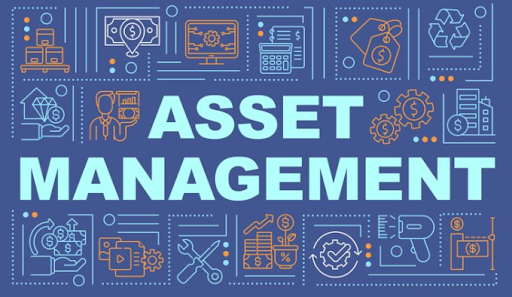Digital Asset Management (DAM) is a software-based solution that enables organizations to store, manage, organize, retrieve, and distribute digital assets like images, videos, audio files, documents, and other media files. With the exponential growth of digital content, digital asset management has become increasingly important for businesses of all sizes. In this article, we will explore what digital asset management is, why it matters, and how it can benefit your organization.
What is Digital Asset Management?
Digital Asset Management (DAM) is the process of organizing, storing, retrieving, and distributing digital assets such as images, videos, audio files, documents, and other media files. It is a software-based system that allows users to efficiently manage and distribute digital assets across their organization, enabling teams to easily collaborate on projects and maintain brand consistency.
DAM systems typically include features such as metadata management, version control, access control, and search and retrieval tools to help users quickly find the digital assets they need. These systems can be used in a variety of industries, from marketing and advertising to publishing and entertainment, to manage large collections of digital assets and streamline workflows.
Overall, digital asset management is a crucial tool for businesses and organizations looking to effectively manage their digital content and improve collaboration and productivity among teams.
Why Does Digital Asset Management, Matter?
Digital asset management matters because it helps businesses to manage their digital assets more effectively. With the increasing amount of digital content being produced, it has become critical to have a system in place to manage and organize digital assets. Here are some of the reasons why digital asset management matters:
- Improved Efficiency: A DAM system can help businesses to streamline their workflows by providing a centralized repository for digital assets. This means that teams can quickly access the assets they need, without wasting time searching through multiple folders or hard drives.
- Brand Consistency: A DAM system can help to ensure brand consistency by providing teams with access to approved brand assets. This can help to eliminate the use of outdated or incorrect branding materials, which can harm a business’s reputation.
- Cost Savings: A DAM system can help to reduce costs associated with managing digital assets. By providing a centralized repository for digital assets, businesses can avoid duplication of assets and reduce the need for storage space.
- Security: A DAM system can help to ensure the security of digital assets by providing access controls and permission levels. This can help to prevent unauthorized access to sensitive digital assets.
- Creative Collaboration: A DAM system can facilitate creative collaboration by enabling teams to share and collaborate on digital assets. This can help to improve productivity and ensure that projects are completed on time and within budget.
Advantages of Digital Asset Management
Here are a few advantages of managing digital assets:
Improved Efficiency: A DAM system can help to improve efficiency by providing teams with quick and easy access to digital assets. This can help to reduce the time it takes to find and retrieve assets, and streamline workflows.
Increased Productivity: By providing a centralized repository for digital assets, teams can collaborate more effectively and complete projects more efficiently.
Cost Savings: A DAM system can help to reduce costs associated with managing digital assets, such as storage costs and duplication of assets.
Brand Consistency: A DAM system can help to ensure brand consistency by providing teams with access to approved branding materials.
Enhanced Security: A DAM system can help to ensure the security of digital assets by providing access controls and permission levels.
Digital Asset Management and Creative Collaboration Tools
Digital asset management is closely related to creative collaboration tools. Creative collaboration tools enable teams to work together on creative projects, such as designing marketing materials or developing a new product. These tools provide a centralized platform for collaboration, allowing team members to work on the same project simultaneously and in real time. Some of the most popular creative collaboration tools include Asana, Trello, Slack, and Google Drive.
Digital asset management and creative collaboration tools complement each other. A DAM system can provide a centralized repository for digital assets, which can be accessed and used by creative collaboration tools. This enables teams to work together more effectively and efficiently, by providing a single source of truth for digital assets.
Conclusion
Digital asset management is a crucial component of modern-day businesses that rely heavily on digital assets for their marketing and branding efforts. By implementing a digital asset management system, organizations can streamline their workflows and improve collaboration between teams, leading to increased productivity and better-quality content. With the help of creative collaboration tools integrated into digital asset management software, teams can work together seamlessly and efficiently, making sure that their brand’s digital assets are utilized effectively across all channels.
As technology continues to evolve, we can expect digital asset management solutions to become even more sophisticated, providing businesses with more ways to manage and distribute their assets effectively. By staying up-to-date with the latest trends and advancements in digital asset management, businesses can ensure that they are making the most of their digital assets and staying ahead of the competition.



